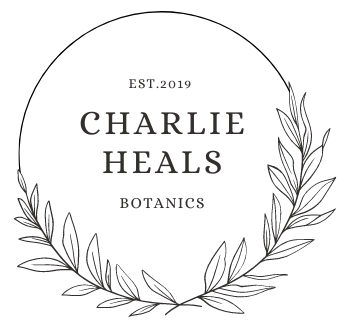With the legalisation of cannabis in Canada, many more people are now learning more about it than ever before. Whether you use cannabis products for medicine or recreation, it pays to know more about what it is and why they work.
Our bodies have an internal system called the endocannabinoid system. This body system has receptors in the brain, nervous system, and immune system. We call compounds that interact with the endocannabinoid system cannabinoids. There are two main types of cannabinoids. Endocannabinoids are compounds that our body produces naturally, on its own. Phytocannabinoids are cannabinoids derived from plant matter, usually from cannabis plants.
There are more than 120 acknowledged phytocannabinoids. Not all are present in each plant, as different cannabis varietals will tend to produce a different cannabinoid balance. The most common phytocannabinoids tend to be THC, CBD, and CBN. Luckily, these are currently thought to be among the most useful of the phytocannabinoids.
The primary endocannabinoids are arachidonoylethanolamide (more commonly called anandamide, or AEA) and 2-arachidonoylglyerol (2-AG). While most of us aren’t familiar with them, they do important things in the body — such as regulating food intake and providing pleasurable sensations in your brain. There are also some exogenous (external to the body) sources of AEA, such as chocolate. No wonder it’s so popular!
One doesn’t have to ingest phytocannabinoids for them to have a useful effect. Phytocannabinoids used in a topical preparation (applied to the skin) provide local relief from pain and inflammation, among other benefits, without intoxicating effects. While it is possible to isolate the various phytocannabinoids, it’s been noted that they seem to work best in concert with each other. This is called the entourage effect.
Tetrahydrocannabinol (THC) is the most famous phytocannabinoid due to the “stone”. There are at least a few interesting variants such as THCv and delta 8, 9, and 10 THC, all with different properties, though all are useful for pain. For example, THCv (tetrahydrocannabivarin) is thought to suppress the appetite. Delta-9 THC is the most common form, and it tends to give one a greater appetite. Go figure!
The hemp that we use has very little THC in it, naturally. The industrial definition of hemp is a varietal with less than 0.3% THC by weight — think of it as similar to the low-alcohol beer sold in grocery stores. Hemp. however, has a naturally low THC level, rather than having THC removed in processing. This is enough THC, however, to maintain the entourage effect.
Cannabidiol (CBD) is showing a lot of promise for treatment of inflammation, seizures, anxiety, and many other conditions. Many people take CBD on its own for these properties. This is referred to as CBD isolate. The other common CBD preparation is full-spectrum CBD. This type of preparation has traces of other cannabinoids, which allows one to take advantage of the entourage effect. This can mean more complete relief of anxiety, inflammation, and other concerns.
Cannabinol (CBN) is a product of the degradation of THC, over time. CBN is a fairly potent sleep aid and is being investigated for other benefits. Recently, there have been CBN products released on the medicinal and recreational market, which allow people to take advantage of this cannabinoid.
In conclusion, these “top 3” cannabinoids can bring substantial benefits, even when used topically. Feel free to contact us for more information.
